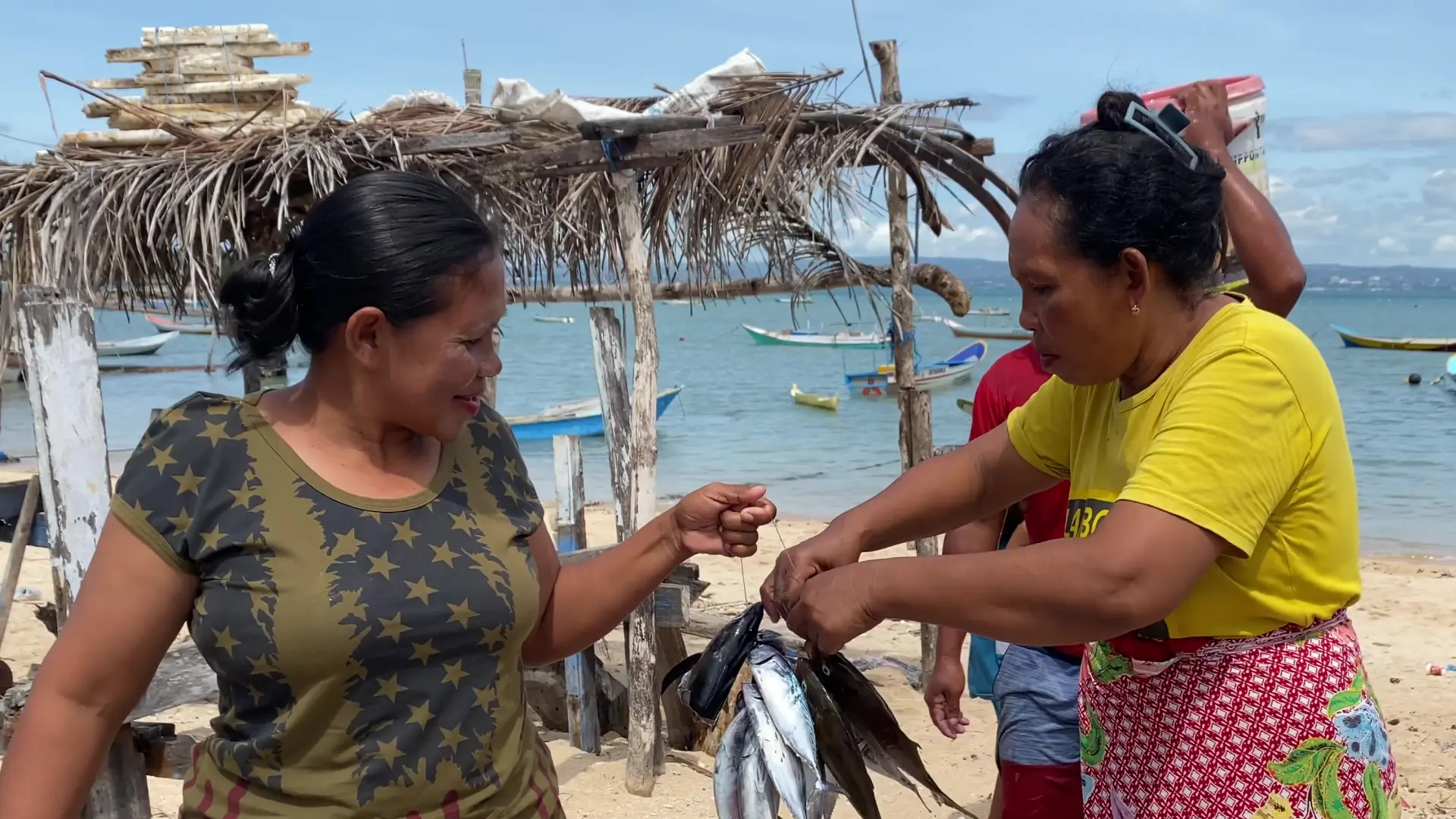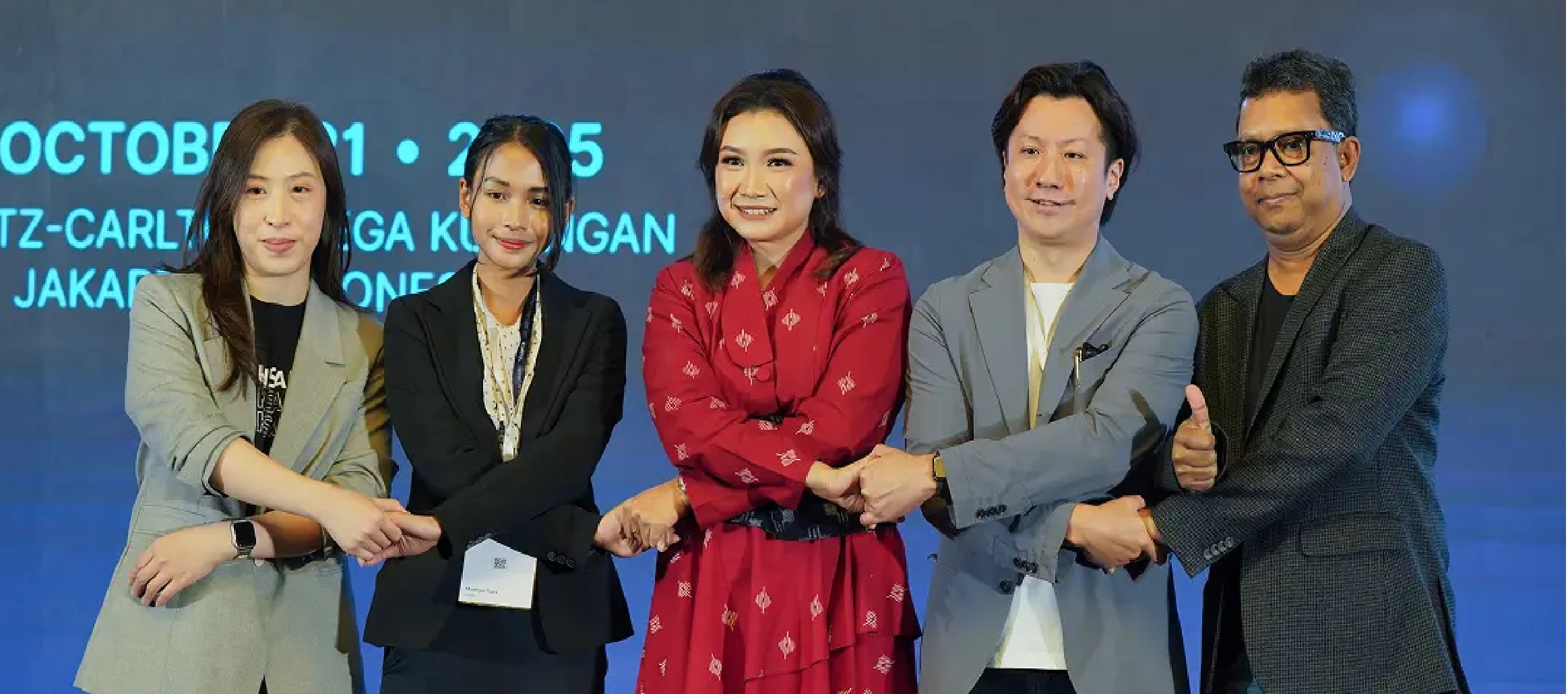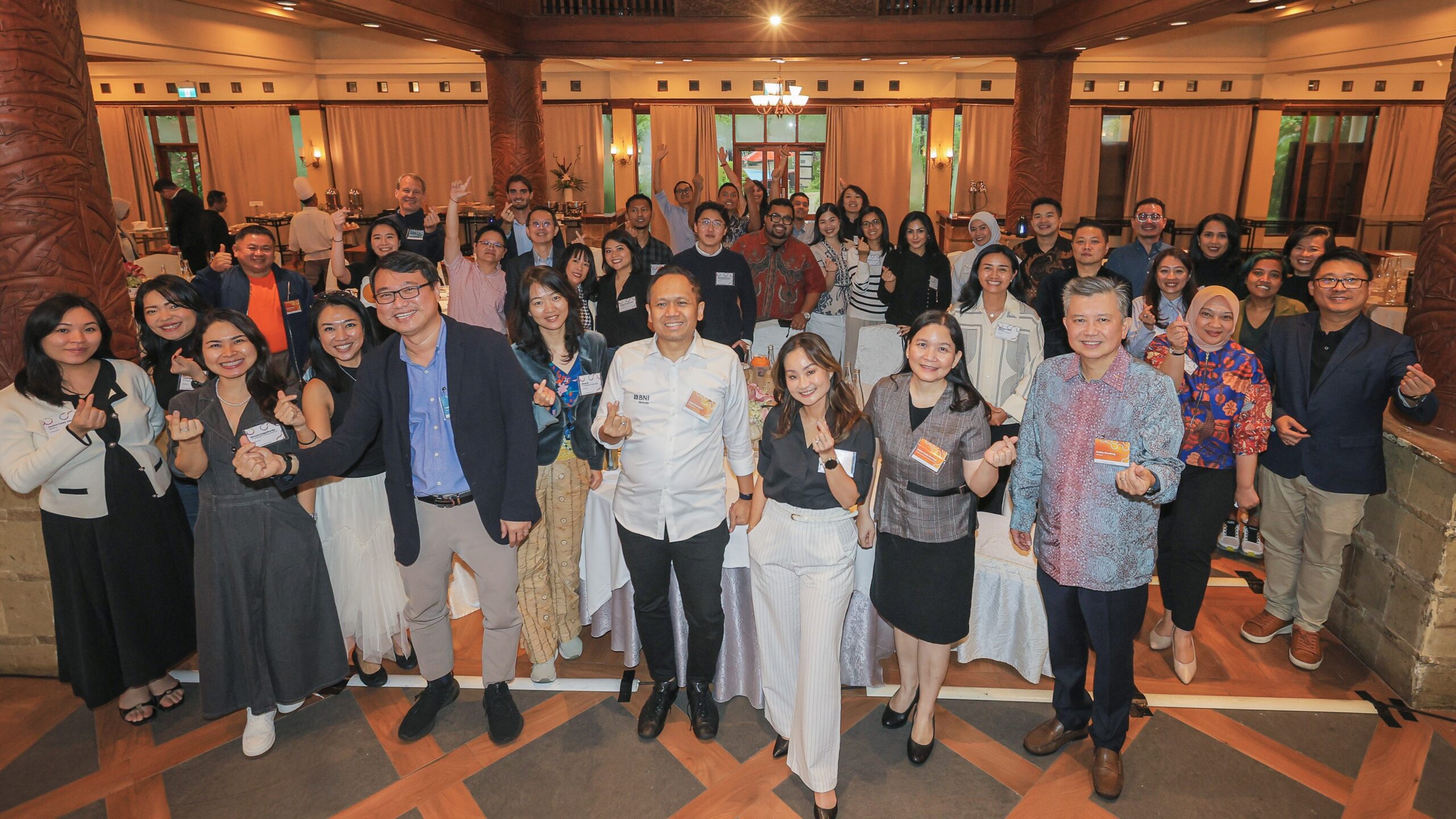While some of us respond to heat by turning on the AC or staying indoors, for many rural communities in NTB and NTT, especially women, the rising temperature and shifting seasons are already disrupting how they live and work. But they are not standing still. From seaweed dryers in Kupang to chili drying tools in Lombok, these local solutions show how adaptation is happening on the ground, shaped by real needs and lived experiences. Their stories offer a closer look at what climate adaptation looks like in practice.
Climate Change is Already Here
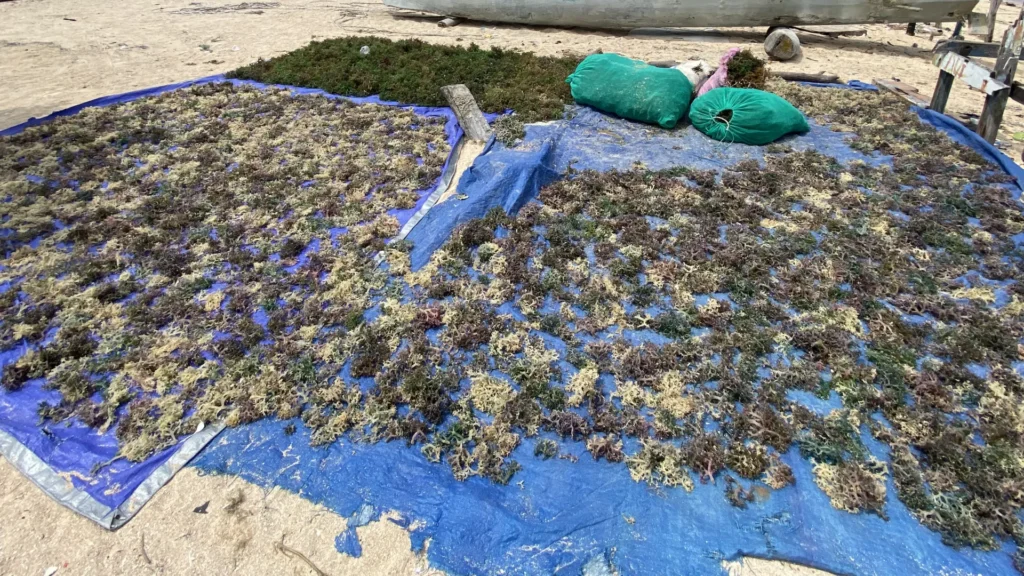
In island regions like Nusa Tenggara Timur (NTT) and Nusa Tenggara Barat (NTB), climate change is not just a distant threat, but a lived reality. Dry seasons are getting longer, rainfall is no longer predictable, and floods are reaching deeper into coastal communities.
For communities in NTB, where more than 768,000 individual farming businesses were recorded in 2023, with over 205,000 of them in East Lombok alone, these climate changes hit especially hard. Communities that depend on farming are becoming more vulnerable as the seasons become unreliable and crops are harder to grow. For women farmers, these shifts threaten their main source of income.
In Suralaga, Lombok, the traditional open drying method for chilis, and in Sulamu, Kupang, the process of drying seaweed, are both affected by climate shifts. Chilis risk contamination and spoilage, and seaweed spoils if sudden rain interrupts the drying process. Rising seawater also seeps into farming areas, making harvesting even more difficult.
Women Face the Pressure, and Take the Lead
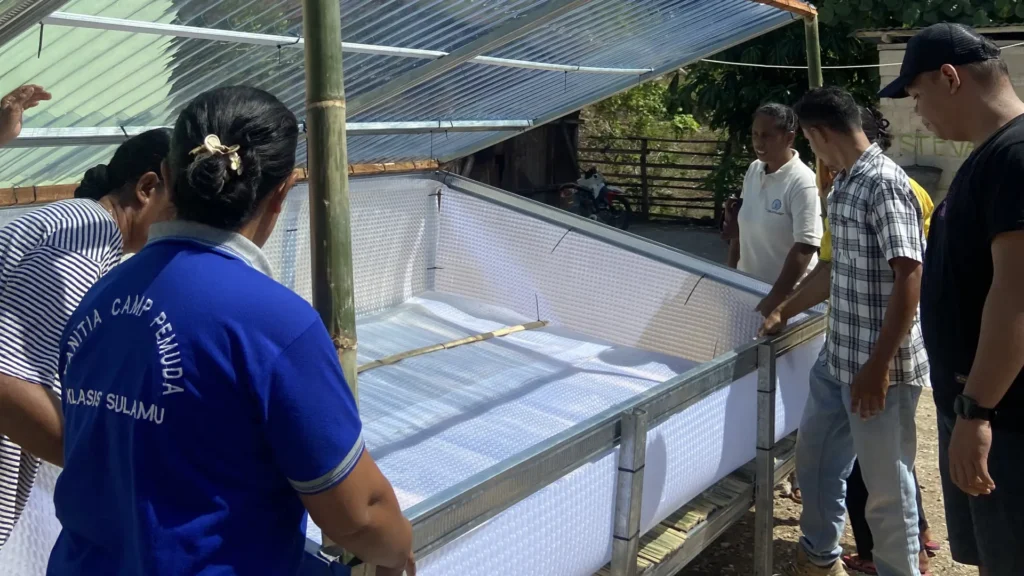
Our participatory research revealed just how heavy the burden is for these women. They wake up as early as 4 AM, balancing housework and farming until night. When crops fail, the economic pressure falls directly on them, yet they often lack access to land, credit, or basic tools to adapt.
However, despite these challenges, women in these communities are leading the way in adaptation. In Sulamu, Kupang, solar dryers now help protect seaweed from unpredictable rain. These solutions are not just brought in from the outside, but co-created through discussion. In Suralaga, Lombok, new chili drying tools are being developed and tested to reduce waste and improve hygiene. All these efforts are shaped by local knowledge and real needs, rather than being imposed as instant solutions.
Real Adaptation Happens on the Ground
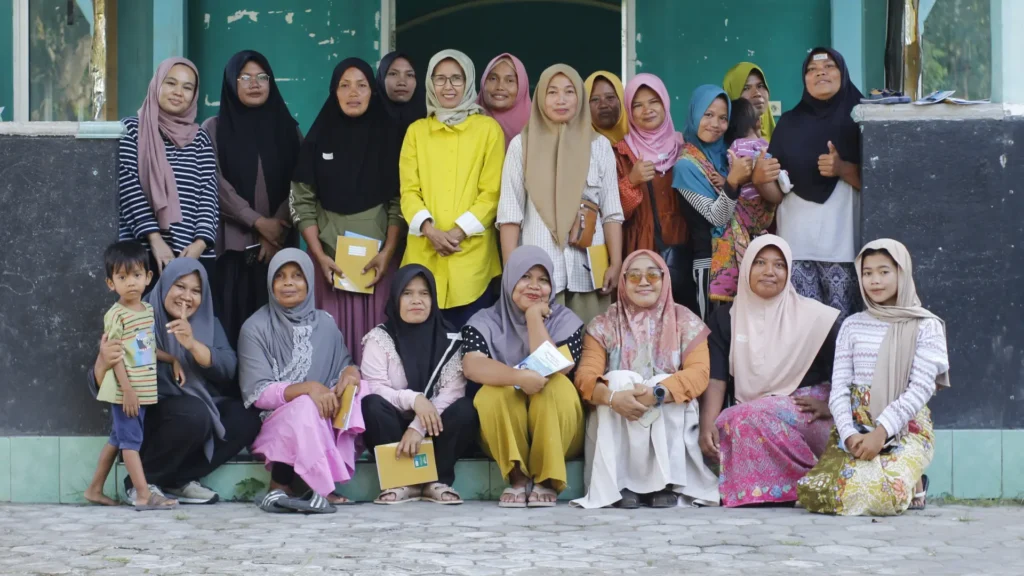
Women farmers in NTT and NTB are responding to climate shifts with practical tools, shared knowledge, and support from their communities. Even simple technology, like a solar dryer, can make a big difference by reducing workloads and protecting harvests. It is still a work in progress, but these steps really matter. Not having to worry about sudden rain ruining a harvest brings new stability and hope.
Their actions show that adaptation is already happening on the ground, in ways that reflect local needs and realities. These experiences offer valuable insight into what climate adaptation really looks like in everyday life.
Follow us at Instagram @kumpul_impact & LinkedIn KUMPUL Impact and see how we work with communities to build solutions that truly matter, because innovation and opportunity should be for everyone.


